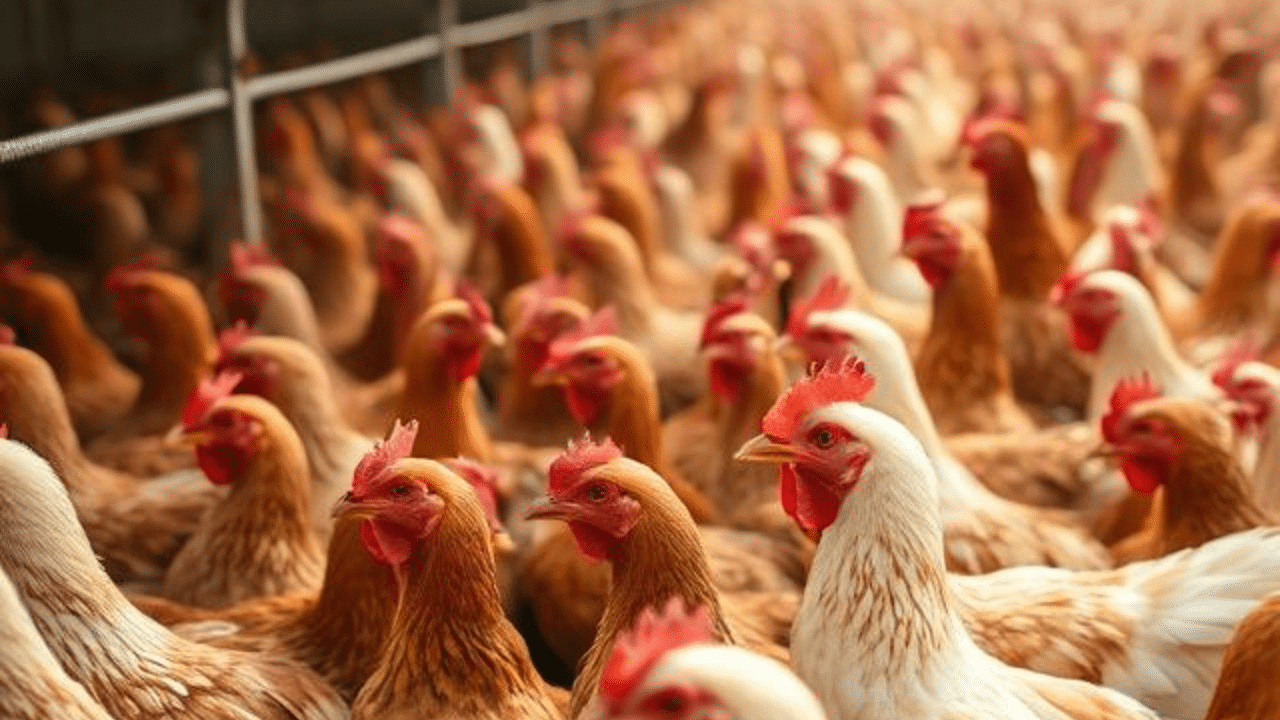Approximately 4.1 million birds have been destroyed in Newton County as part of a large-scale effort to control an outbreak of avian influenza, commonly known as bird flu.
This drastic measure, reported across multiple news outlets, underscores the severity of the situation and its far-reaching implications for agriculture, food supply chains, and local economies.
The outbreak, identified as a highly pathogenic strain of avian influenza, prompted swift action from state and federal agricultural authorities.
According to reports from major news publications, the culling began after the virus was detected in poultry flocks across the region, with Newton County emerging as a focal point due to its concentration of commercial poultry operations.
The U.S. Department of Agriculture (USDA) oversaw the depopulation process, which involved euthanizing entire flocks to prevent the further spread of the disease, in collaboration with local agencies.
One news outlet described the scene as “devastating but necessary,” noting that the 4.1 million figure includes chickens, turkeys, and other poultry raised for meat and egg production.
The scale of the operation has drawn comparisons to previous bird flu outbreaks, though this event stands out for its sheer volume.
Another publication highlighted the economic toll, estimating losses in the tens of millions of dollars for farmers and related industries in Newton County alone.
The ripple effects are expected to impact poultry prices and availability nationwide, with some experts warning of potential shortages in the coming months.
The decision to destroy such many birds was not taken lightly.
A report emphasized that the highly contagious nature of the virus left authorities with few options, as infected flocks can rapidly transmit the disease to neighboring farms via wild birds, equipment, or even workers’ clothing. “This is about containment,” a USDA spokesperson said.
“Every bird lost is a blow, but the alternative—uncontrolled spread—would be catastrophic.”
Testing and surveillance efforts have since been ramped up in surrounding counties to monitor for additional cases.
Local farmers, however, are reeling from the fallout. One news source interviewed a Newton County poultry producer who described the emotional and financial strain of watching their livelihood vanish overnight.
“Years of work, gone in a day,” they said, echoing a sentiment shared by many in the tight-knit agricultural community.
State officials have promised financial assistance, though details remain unclear, and some reports suggest that compensation may not fully cover the losses incurred.
Public health concerns have also surfaced, though experts cited in the coverage stress that the risk to humans remains low.
The strain detected in Newton County is not known to easily infect people, and proper cooking eliminates any potential danger from poultry products.
Still, the scale of the outbreak has sparked broader discussions about biosecurity measures and the vulnerabilities of industrial farming practices, with one outlet calling for a reevaluation of how poultry is raised and managed in the U.S.
As of February 28, 2025, the situation in Newton County remains fluid.
News reports indicate that while the immediate culling phase has concluded, ongoing monitoring and cleanup efforts will continue for weeks.
The destruction of 4.1 million birds serves as a stark reminder of the challenges posed by avian influenza and the delicate balance between disease control, economic stability, and food security.
For now, the nation watches as Newton County—and the poultry industry at large—begins the long process of recovery.









